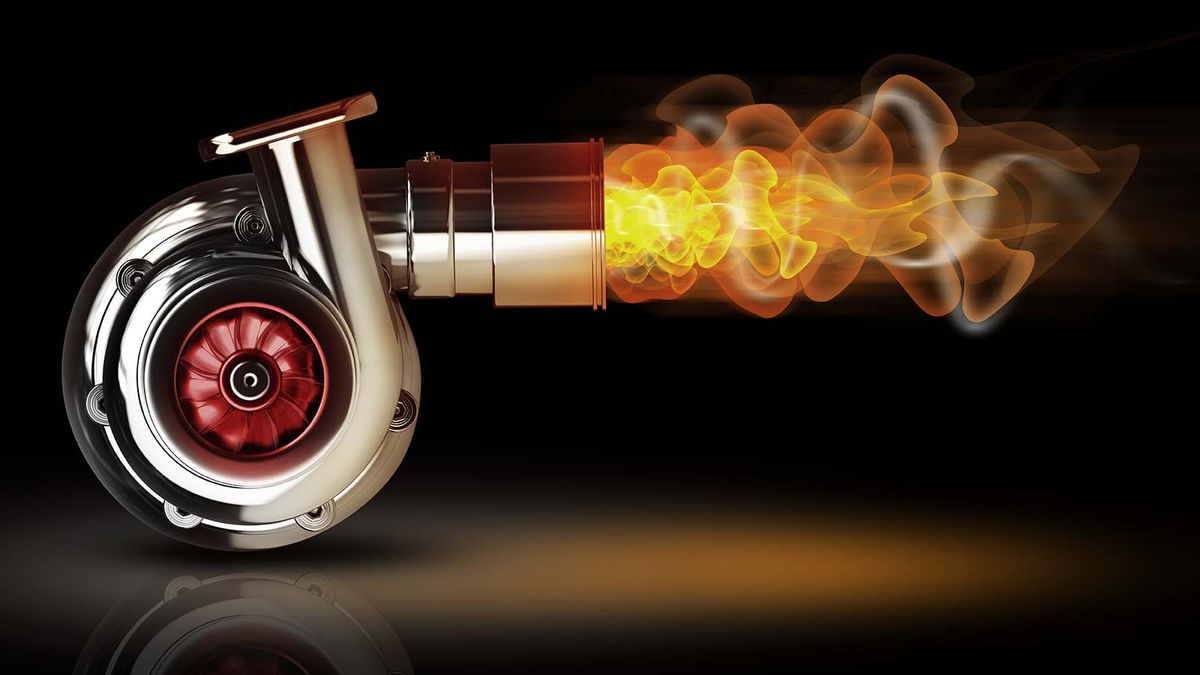I've owned/ripped apart/reassembled a few cars in my life but never a turbo. I would like to get straigtened out about a few things.
1. The way I understand turbo is that exaust gases turn an impeller which is used to compress air. This compressed air is then run through an intercooler (if so equipped) and then forced into the cylinder. More air = more gas = more power. A supercharger uses a belt system off the crank intead of exhaust gas to compress air. Is this right? If so, wouldn't it be simpler to use an electric compressor? Or would such a device use too much power?
2. How do twin turbos work? Do they 'double compress' the original charge from the fist turbo? (air goes through turbo #1, is compressed, then goes through turbo #2?) or does each turbo (in the case of a Skyline) feed 3 cylinders? If the latter is the case, is the reasoning behind this the same reasoning why more carbs = more power? (air goes faster through a bunch of smaller holes than through one hole with the same cross section).
3. Turbo lag. Is this caused by the time delay from when you hit the throttle to the time it takes for the exhaust gases to get the turbo impeller moving fast enough to deliver peak compression?
4. Intercoolers. I understand that these cool the compress air charges that are being sent to the engine (lower temperature air = more fuel can be held in solution). Is this correct?
Finally, are there any resources on the internet that explain indepth how turbo systems work? (not a simple as howstuffworks)
Thanks!
1. The way I understand turbo is that exaust gases turn an impeller which is used to compress air. This compressed air is then run through an intercooler (if so equipped) and then forced into the cylinder. More air = more gas = more power. A supercharger uses a belt system off the crank intead of exhaust gas to compress air. Is this right? If so, wouldn't it be simpler to use an electric compressor? Or would such a device use too much power?
2. How do twin turbos work? Do they 'double compress' the original charge from the fist turbo? (air goes through turbo #1, is compressed, then goes through turbo #2?) or does each turbo (in the case of a Skyline) feed 3 cylinders? If the latter is the case, is the reasoning behind this the same reasoning why more carbs = more power? (air goes faster through a bunch of smaller holes than through one hole with the same cross section).
3. Turbo lag. Is this caused by the time delay from when you hit the throttle to the time it takes for the exhaust gases to get the turbo impeller moving fast enough to deliver peak compression?
4. Intercoolers. I understand that these cool the compress air charges that are being sent to the engine (lower temperature air = more fuel can be held in solution). Is this correct?
Finally, are there any resources on the internet that explain indepth how turbo systems work? (not a simple as howstuffworks)
Thanks!



Comment